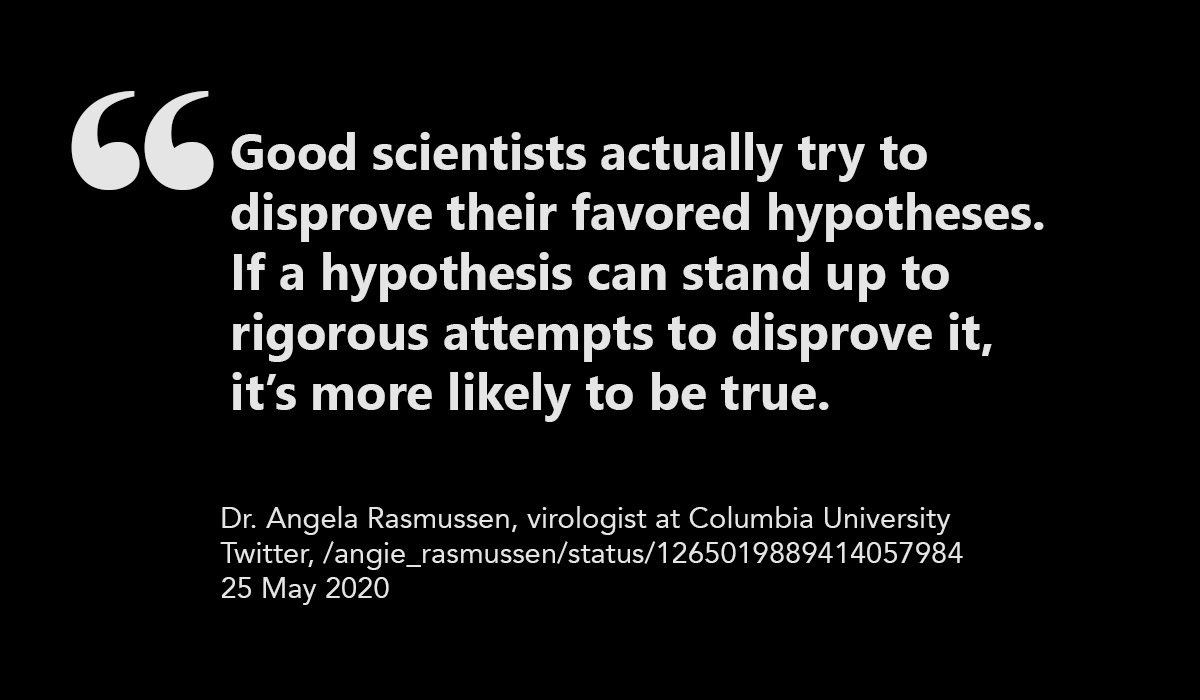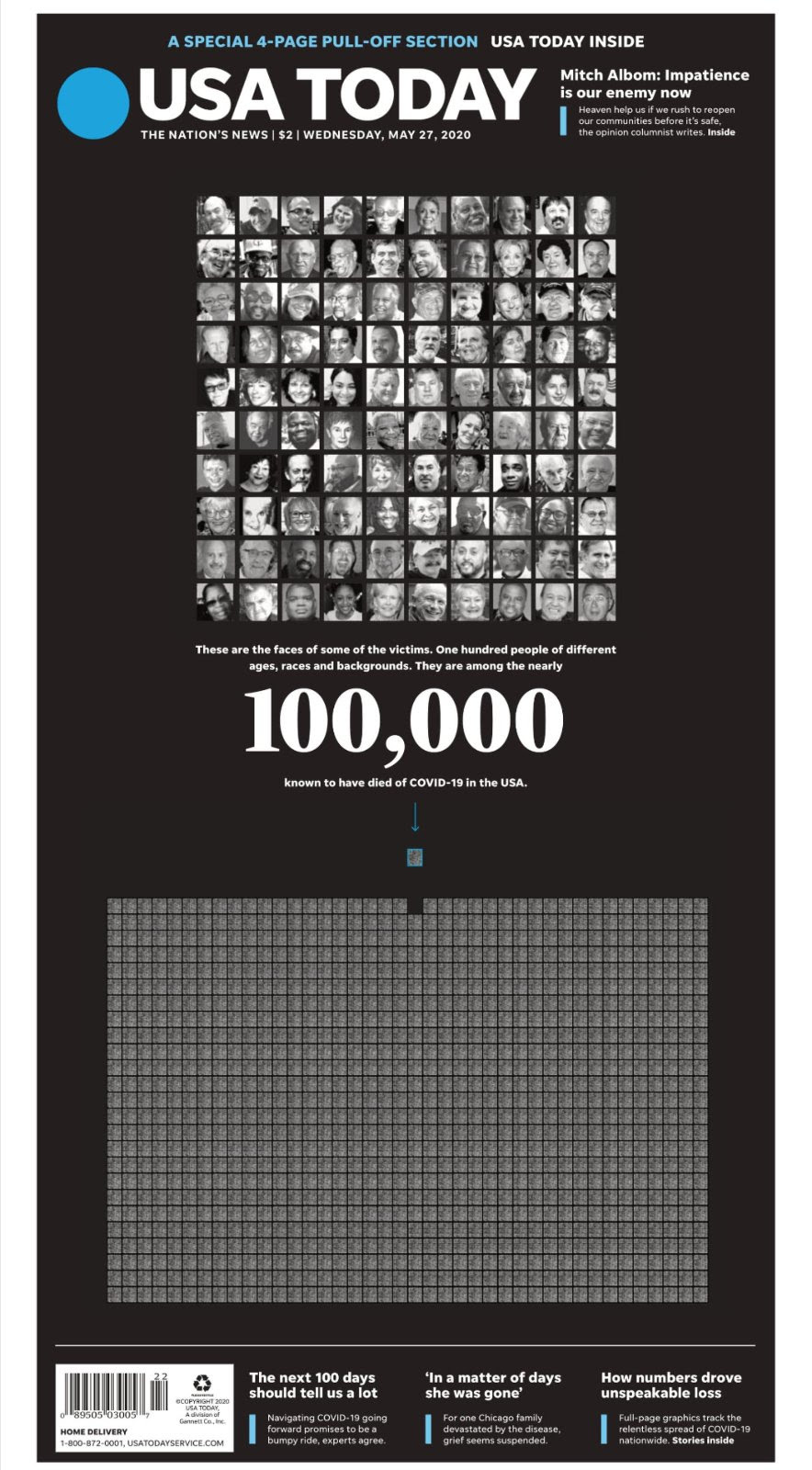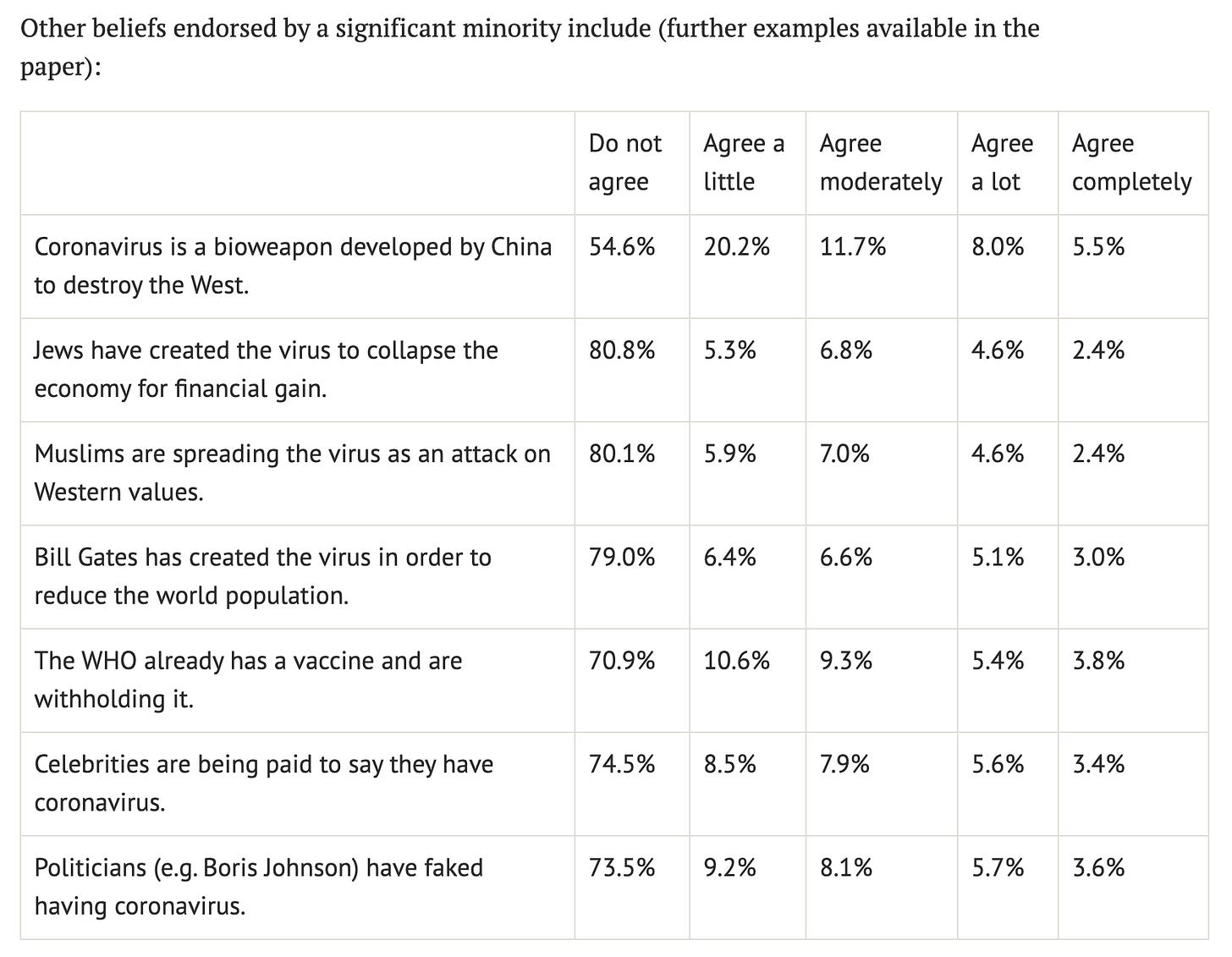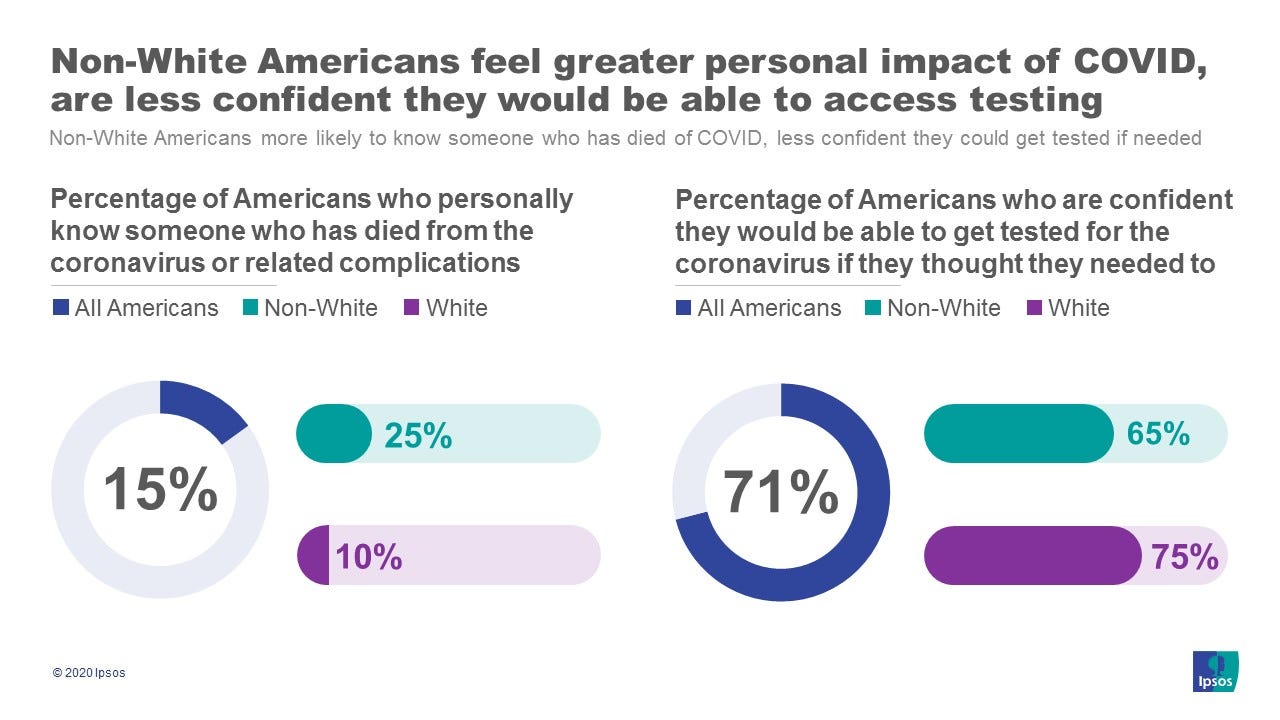COVID-19 day 127 : 📈 1,680,913 cases; 98,913 deaths : 26 May 2020
And still we wait. Conspiracy theories and COVID-19. Cuba, another under-heralded success story. Do you know someone who has died? Singapore begins phase one of reopening next week.

It’s day 127 since the first case of coronavirus disease was announced in the United States. More on science after the jump.
It is unclear whether the decline in deaths reported over the past three days is a real slowing or if it is related to reporting lags associated with a three-day holiday weekend. Weekend numbers have consistently shown a dip (cases and deaths), but this three-day drop is particularly dramatic.
From Johns Hopkins dashboard: reported deaths and (7-day average)
26 May, Tuesday, 693 (999)
25 May, Monday, 500 (1,122)
24 May, Sunday, 633 (1,165)
23 May, Saturday, 1080 (1,190)
22 May, Friday, 1305 (1,206)
21 May, Thursday, 1263 (1,257)
20 May, Wednesday, 1518 (1,329)
Many thought the psychological threshold of 100,000 deaths would happen Monday. Count me in that group, until I realized that Saturday + Sunday = was so much below the 7-day average. Unless the decline since Saturday is an artifact of reporting, we will wait at least until Thursday for the milestone using Johns Hopkins data and Friday using data from the CDC.
In case you thought it might be New York: that decline happened a while back. The bump is the addition of coroner-determined deaths.

If this three-day decline reflects a true drop, that is to be celebrated. But the waiting. And the certainty that there is underreporting.
Why focus on a marker? Because we need to grieve. We are in a state of limbo, one not unlike someone who has been given a cancer diagnosis or another life-altering diagnosis like Crohn’s disease or lupus, except that this is more uncertain. The beginning-middle-end that is diagnosis-treatment-coping is undefined. Are we still in the beginning? (I think so) Will “the middle” be when I am infected? (Maybe)
Lester Holt on CNN’s Nightly News Tuesday:
It's like we're living the stages of grief all at once: denial, anger, bargaining, despair and perhaps, even acceptance… this, of course, is not over, but we choose milestones to take stock, to remember, to share our sorrows until as a country we can confront the depths of our collective pain, face to face...
This is the USA Today front page for Wednesday.

Tuesday, Johns Hopkins reported 1,680,913 (1,662,302) cases and 98,913 (98,220) deaths in the US, an increase of 1.12% and 0.71%, respectively, since Monday. A week ago, the daily numbers increased by 1.30% and 1.72%, respectively.
The seven-day average: 21,764 (21,906) cases and 999 (1,122) deaths
Percent of cases leading to death: 5.88% (5.91%).
Today’s case rate is 507.82 per 100,000; the death rate, 29.88 per 100,000.
One week ago, the case rate was 461.80per 100,000; the death rate, 27.77 per 100,000.
Note: numbers in (.) are from the prior day and are provided for context. I include the seven-day average because dailies vary so much in the course of a week, particularly over a weekend.
🤓 Recommended reading
In this article we provide a one-stop, curated graphical source for the key numbers (based mostly on the peer-reviewed literature) about the SARS-CoV-2 virus that is responsible for the pandemic. The discussion is framed around two broad themes: i) the biology of the virus itself; ii) the characteristics of the infection of a single human host.
Questions addressed:
How long does it take a single infected person to yield one million infected people?
What is the effect of physical distancing?
Why was the initial quarantine period two weeks?
How do N95 masks block SARS-CoV-2?
How similar is SARS-CoV-2 to the common cold and flu viruses?
How much is known about the SARS-CoV-2 genome and proteome?
What can we learn from the mutation rate of the virus?
How stable and infectious is the virion on surfaces?
Science Forum: SARS-CoV-2 (COVID-19) by the numbers. eLife, 26 May 2020.
🔬 Research and medical news
This is how science works. Form hypothesis; test; assess.
In a long thread on Twitter, Dr. Trevor Bedford (Seattle, Fred Hutchinson Institute) says “I was wrong” in February when he linked the first known community spread case with WA1, the first case identified in the country via travel from China. But he was right to “[assert] significant community spread in Washington State on Feb 29.”



🦠The decline in public trust in institutions is a barrier to containing COVID-19. University of Oxford research psychologists have discovered that “a disconcertingly high number of adults in England do not agree with the scientific and governmental consensus on the coronavirus pandemic.”
One-quarter of those surveyed had either a “consistent pattern of endorsement” or “very high levels of endorsement” of conspiracy theories. This group is less likely to get tested, wear a mask or take a vaccine should one be developed.

Coronavirus Conspiracy Beliefs, Mistrust, and Compliance with Government Guidelines in England. Psychological Medicine, 20 May 2020. Pre-print; open access.


💃🏼 Life hack
Consider joining the COVID Symptom Study. The COVID symptom tracker (iOS and Android) was created by doctors and scientists at the Harvard T.H. Chan School of Public Health, King's College London, Massachusetts General Hospital and Stanford University School of Medicine. It was co-developed with ZOE, a health science company. It started in Britain and Italy and then the US. It’s not new: data from the study helped identify the “lack of smell” symptom.
Sections (no jump links, sorry!)
1, Around the country; 2, Around the world; 3, Politics, economics and COVID-19;
4, Case count; 5, What you can do and resources
⓵ Around the country
❌ In Missouri, videos of crowds in Lake of the Ozarks led health officials in Kansas and St. Louis to ask “partygoers to self-isolate for 14 days before returning to their jobs.”
❌ Nevada plans to re-open the gaming industry next week (04 June). Announcement is the same day the governor reports he’s been exposed to the virus.
❌ There are more than 11,000 coronavirus cases tied to US meat processors: JBS (the 2nd largest), Smithfield Foods (the 4th largest) and Tyson Foods (the largest). On the eastern shore of Virginia, a Tyson facility had a 20% infection rate last week. As in many rural areas, the Accomack County VA case rate of 2,194 per 100,000 population was at that time the third highest in Virginia. The US average today is 507.
❌ Fewer than one-in-five Americans say that they know someone who has died from COVID-19. That changes when you’re a person of color.



⓶ Around the world
✅ Cuba is another under-heralded success story. It has a case rate of 17.33 per 100,000 and a death rate of 0.72 per 100,000. In contrast, US data are 507.82 and 29.88, respectively.
According to Reuters, in March Cuban leaders closed borders, schools and public transportation and then “urged residents to stay home, made wearing of masks obligatory, and employed effective contact tracing to curb the virus spread.”
✅ Next week, Singapore plans to begin a three-phased opening which will “likely take about four to six weeks, according to officials.” This is manufacturing, insurance and finance, storage and transportation: sectors that do not have interactions with a large portion of the public.
The second period, where more businesses such as restaurants, retail outlets and gyms may reopen, could take months…
Officials said that a critical pre-condition for the country to be able to move into the next phase or ease certain measures further within each phase is to have improved capabilities to control and contain any subsequent outbreaks. This involves expanding testing capacity, speeding up contact tracing, and ensuring sufficient health care capacity.
⓷ Politics, economics and COVID-19
❌ Pennsylvania is holding its Democratic and Republican primary next week, Tuesday 02 June. It was still accepting applications for absentee ballots today, Tuesday 26 May.
“There are going to be many people who are still going to be receiving their ballots very close to election day or on election day,” Delaware County Councilwoman Christine Reuther said. “I’m very worried that people are going to be disenfranchised.”
… Absentee ballots must be received by county elections officials by 8 p.m. on election day to be counted, regardless of when they were mailed. Postmarks don’t count.
A one-week turnaround was never a good idea. It’s even less of a good idea today, when far more citizens than normal wish to avoid the polls, for good reason. Any Pennsylvania voter can request a mail-in absentee ballot.
While vote-by-mail can be secure and enfranchising (see Colorado, Oregon and Washington) it requires a different set of systems and processes from voting at polls.
⓸ Case count
There is a lag between being contagious and showing symptoms, between having a test and getting its results. The virus was not created in a lab and the weight of evidence is it was not released intentionally. Although early reports tied the outbreak to a seafood (“wet”) market in Wuhan, China, analyses of genomic data in January suggested that the virus might have developed elsewhere.
🌎 26 May
Globally: 5 404 512 cases (99 780 new) with 343 514 deaths (1 486 new)
The Americas: 2 454 452 cases (59 157 new) with 143 739 deaths (2 267 new)
Johns Hopkins interactive dashboard (11.00 pm Pacific)
Global confirmed: 5,593,148 (5,495,061)
Total deaths: 350,509 (346,269)
Recovered: 2,288,034 (2,231,738)
🇺🇸 26 May
CDC: 1,662,414 (24,958 new) cases and 98,261 (592 new) deaths
Johns Hopkins*: 1,680,913 (1,662,302) cases and 98,913 (98,220) deaths
State data*: 1,671,488 (1,654,829) identified cases and 93,098 (92,464) deaths
Total tested (US, Johns Hopkins): 14,907,041 (14,604,942)
Take with a grain of salt. The CDC and at least 11 other states have begun combining the number of tests for active infections with the number of antibody tests, which boosts the total number of tests and thus drops the percentage who test positive.
View infographic and data online: total cases and cases and deaths/100,000.
* Johns Hopkins data, ~11.00 pm Pacific.
State data include DC, Guam, the Northern Mariana Islands, Puerto Rico and the US Virgin Islands
⓹ What you can do
Stay home as much as possible, period.
Digestive problems may be a symptom.
Resources
👓 See COVID-19 resource collection at WiredPen.
📝 Subscribe to Kathy’s COVID-19 Memo :: COVID-19 Memo archives
🦠 COVID-19 @ WiredPen.com
🌐 Global news
📊 Visualizations: US, World



